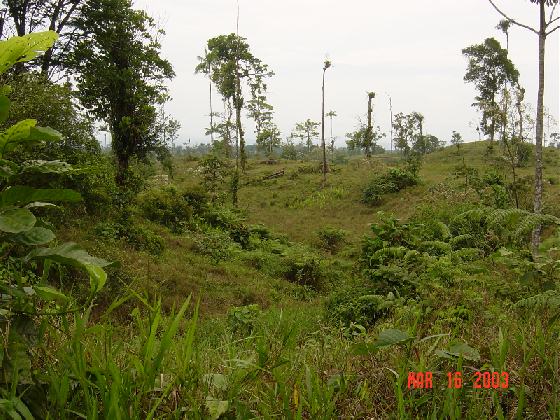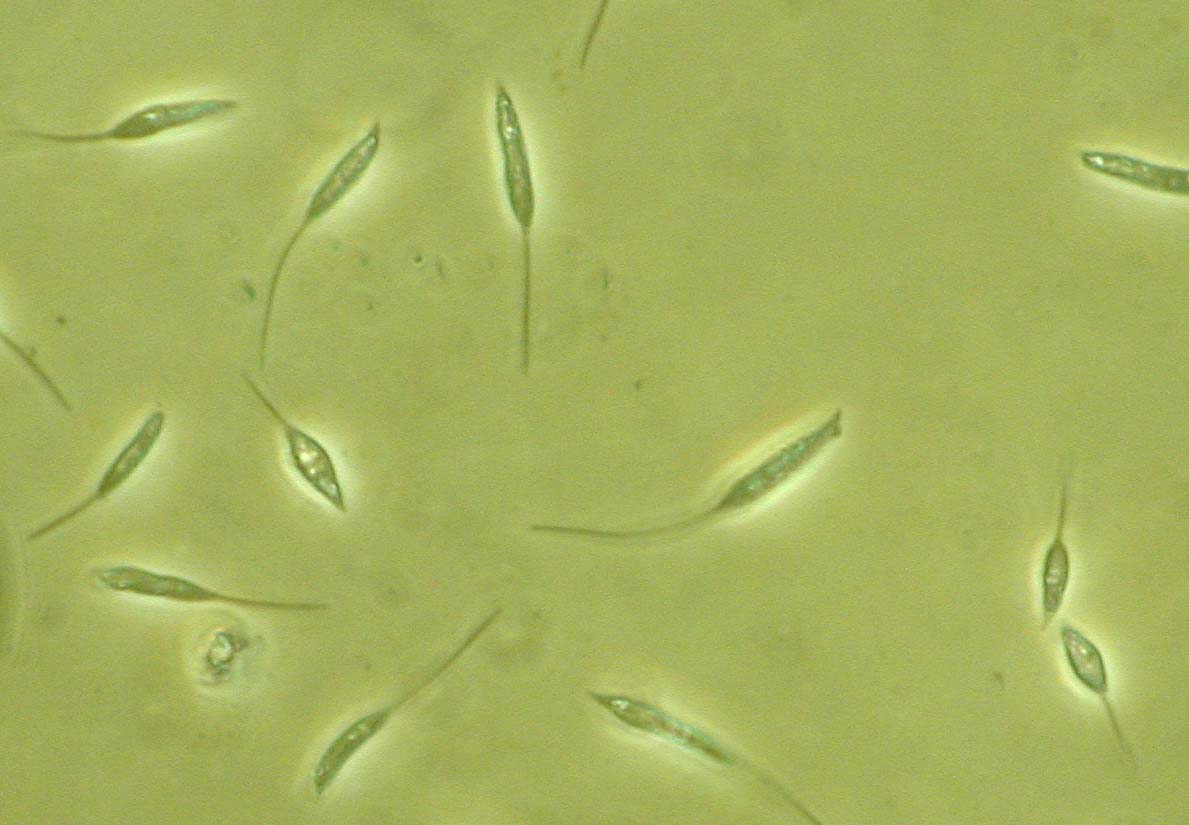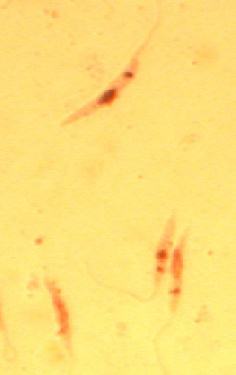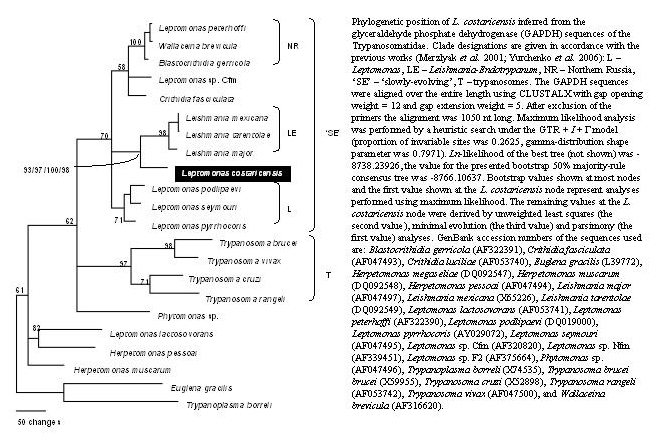|
|
Leptomonas
costaricensis, isolate 15EC |
|
|
|
|
|
|
|
|
|
|
|
|
|
|
Literature:
V. A. Yurchenko, J. Lukes, M. Jirku, R. Zeledon, D. A. Maslov (2006) Leptomonas
costaricensis sp. n. (Kinetoplastea: Trypanosomatidae), a member
of the novel phylogenetic group of insect trypanosomatids closely related
to the genus Leishmania. Parasitology (in press). Pdf
file of the manuscript.
Geographic
distribution and biotope. The organism was found in Costa Rica
but its distribution remains unknown. The heteropteran reduviid host,
Ricolla simillima (kindly identified by C. Weirauch) was frequent
on a vegetation near the forest edge at El
Ceibo, a 500 m elevation site 10 km NE of La Virgen (province Heredia). |
|
|
|
|
|
|
|
|
|
|
|
|
|
|
|
|
|
 |
|
|
|
 |
|
|
|
|
|
A pasture near El Ceibo |
|
|
Ricolla
simillima |
|
|
|
|
|
|
|
|
|
|
|
|
|
Morphology
in host and culture:
In the host, the cells appeared as elongated promastigotes, single or aggregated.
In culture, the cell maintained the typical promastigote shape characteristic
for the polyphyletic genus Leptomonas. |
|
|
|
|
|
|
|
|
|
|
|
|
|
 |
|
|
 |
|
|
|
|
|
|
|
|
|
|
|
|
|
|
|
|
|
|
|
|
|
L.
costaricensis
promastigotes in culture, left - live cells by phase contrast, right -
staining by Giemsa |
|
|
|
|
|
|
|
|
|
|
|
|
|
Ultrastructure:
details are provided in the publication (see above). A peculiar charater
of the organism was a relatively massive flagellum and a very prominent
paraflagellar rod. |
|
|
|
|
|
|
|
|
|
|
|
|
|
Genotyping
and molecular phylogenetic classification.
The most interesting feature of this species is its phylogenetic position
as a member of a novel phylogenetic clade representing a sister group of
Leishmania. This makes this species the closest outgroup available
to root molecular phylogenetic trees of this genus. |
|
|
|
|
|
|
|
|
|
|
|
|
|
 |
|
|
|
|
|
|
|
|
|
|
|
|
The alignments used to analyze phylogeny of
L. costaricensis: GAPDH,
SSU rRNA, RPOIILS |
|
|
|
|
|
|
|
|
|
|




